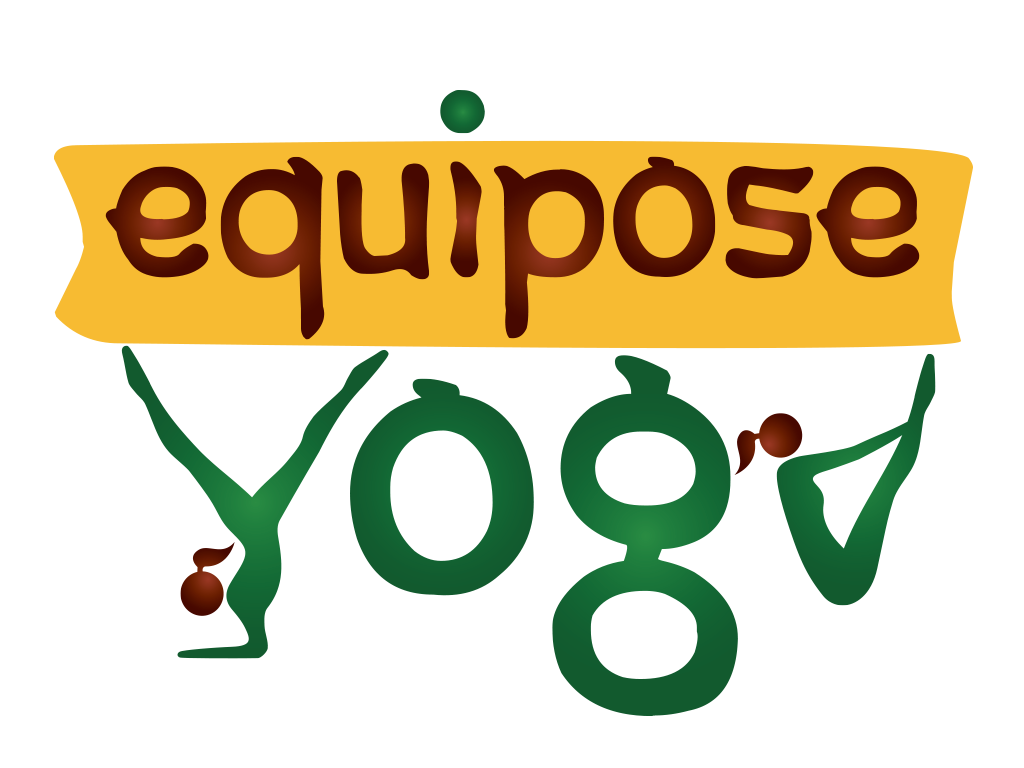When you come to a yoga class at Equipose Yoga Studio, you will be treated to a lovely neck massage during your final relaxation.
When massaging the neck, I often focus on the three scalene muscles: anterior, middle and posterior. These muscles originate at the side of the cervical spine, travel below the clavicle and attach to the 1st and 2nd ribs. As one side of your neck contracts, the head flexes and rotates to the other side. If you contract both sides of the neck, the ribs elevate, and the neck flexes.
The phrenic nerve lies beneath the scalenes; it is the main nerve of the diaphragm. A full breath requires a supple set of scalenes.
In addition, the vagus nerve, which is almost as long as the spinal cord, talks to the thyroid, adrenals, intestines, pancreas, gall bladder, heart and brain. It is affected by the condition of the scalenes, as well.
The vagus nerve’s main function (80%) is to carry information from the gut to the brain, your “gut instinct.” This is the reason the vagus nerve is considered the most important part of the parasympathetic nervous system. Stimulating the vagus nerve will counteract the “fight and flight” response. When the vagus nerve is activated, your body releases acetylcholine, vasopressin and oxytocin.
And, all you have to do to stimulate this nerve and release all those natural calming anti-stress enzymes and hormones is to take a full diaphragmatic breath, also relaxing the scalenes and jaw.


